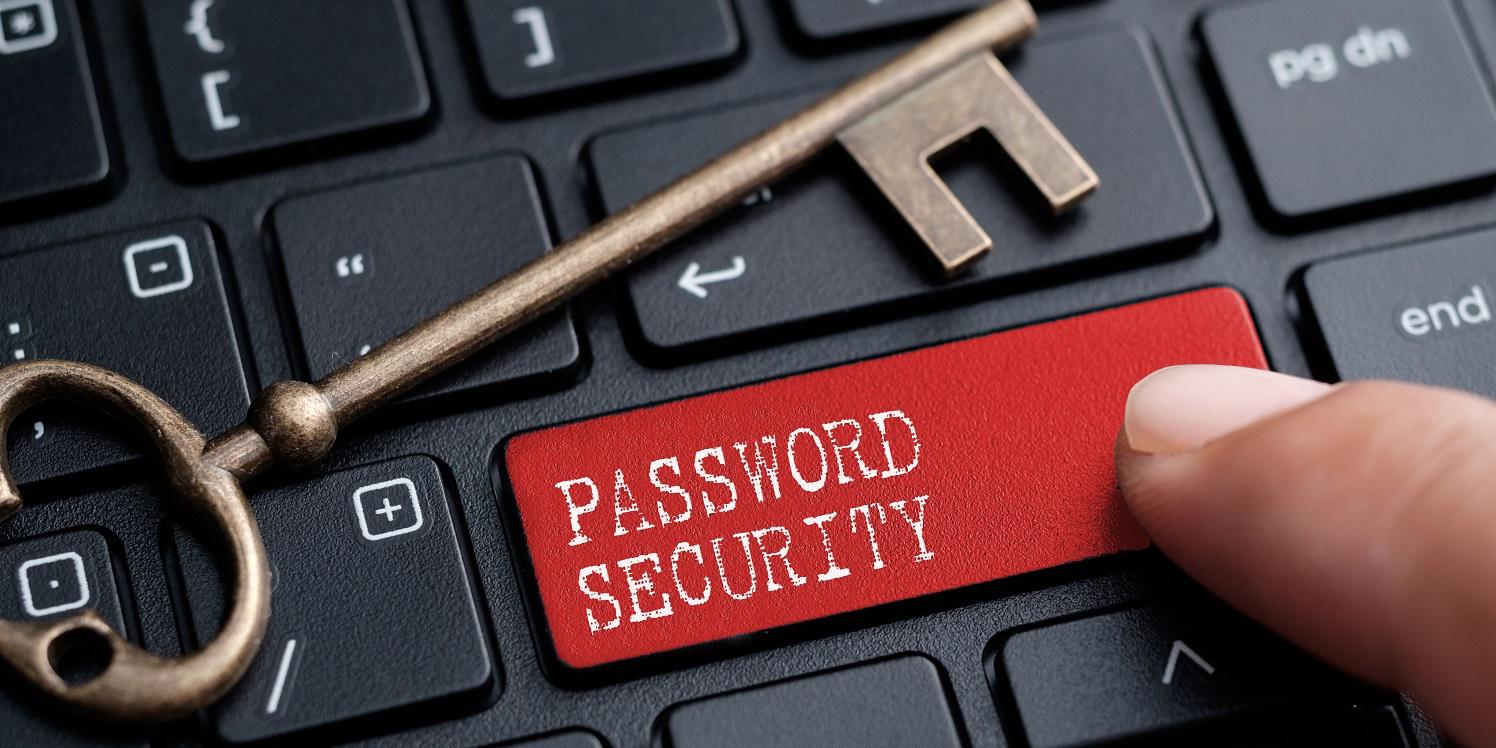However, in this digital age security has played a crucial role and for security purposes, A Strong password could be your first step to protecting yourself from cyber-related danger. Best pin (open me), but what is a good password? In this post, we discuss the components of a solid password, offer tips on how to make one up for yourself and take a look at its significance in an all-encompassing security strategy.
Understanding What Constitutes a Good Password
A good password is more than just a series of letters and numbers; it is a shield that protects your personal information from unauthorized access. Here are some essential elements of a strong password:
-
- Length: Aim for at least 12 characters.
-
- Complexity: Incorporate uppercase letters, lowercase letters, numbers, and special characters.
-
- Avoid Common Words: Don’t use easily guessable passwords like “passkey” or “123456”.
-
- Uniqueness: Create a different password for each account.
-
- Impersonal: Avoid using easily obtainable personal information such as birthdays or pet names.
How to Create a Strong Password
Now that we understand what a good password is, let’s explore how to create one effectively. Follow these practical tips to develop memorable yet secure passwords:
1. Use Password Managers
Password managers not only help generate strong pin but also store them securely. This eliminates the need to remember every intricate detail.
2. Create a Passphrase
A passphrase is a sequence of random words that are easy for you to remember but difficult for others to guess. For example, “Sunshine!Dancing$Giraffe7”.
3. Modify Common Phrases
Pluck a paraphrase from the air, and whip it with numbers or symbols. For example, “To Be Or Not To Be,” could be turned into:2B@OrN0t2B!
4. Use the First Letters of a Sentence
Pick a sentence that will stick in your brain and take the first letter of each word. But can you see that in for example: “I love the mountains and every summer I go there hiking…” could turn into “Ilh! tm3$”.
Benefits of Using Strong Passwords
Creating strong passwords comes with several advantages:
-
- Enhanced Security: Reduces the risk of identity theft or unauthorized access to accounts.
-
- Peace of Mind: Knowing your accounts are secure allows you to use online services confidently.
-
- Protection Against Automated Attacks: Strong, unique passwords are harder to crack by bots.
Case Studies: Password Breaches and Their Consequences
Understanding the implications of weak passwords can drive home the necessity of creating stronger ones. Here are a couple of notable breaches:
| Data Breach | Year | Weakness | Impact |
|---|---|---|---|
| Yahoo | 2013 | Weak passwords | 3 billion accounts compromised |
| Equifax | 2017 | Default passwords | 147 million people affected |
Real-Life Experience: A Personal Password Warning
From my friend, someone hacked into their social media account when the password was guessed very easily. The hacker got in, found dirt and ran much to our embarrassment or missed chances. This incident continues to reinforce the need for better passwords, not only as a placeholder in case of personal security but also while preserving anonymity and reputation online.
Common Mistakes to Avoid When Creating Passwords
Apart from considering the elements of a strong password, it’s equally important to be aware of common mistakes: You can Delete Saved Passwords from Google Chrome:
-
- Using the Same Password for Multiple Accounts: If one account gets compromised, all are at risk.
-
- Neglecting to Change Passwords Regularly: Regular updates reduce the risk of long-term exposure.
-
- Storing Passwords in Plain Text: Avoid writing passwords down where others could see them.
Conclusion
How Important It Is To Create A Strong Password; Ways to do it? Knowing about what makes a good passkey and using some tricks to create better passwords can go a long way in increasing your security. So, never underestimate the power of a good password,make your today and add one more layer to secure you digital life.
